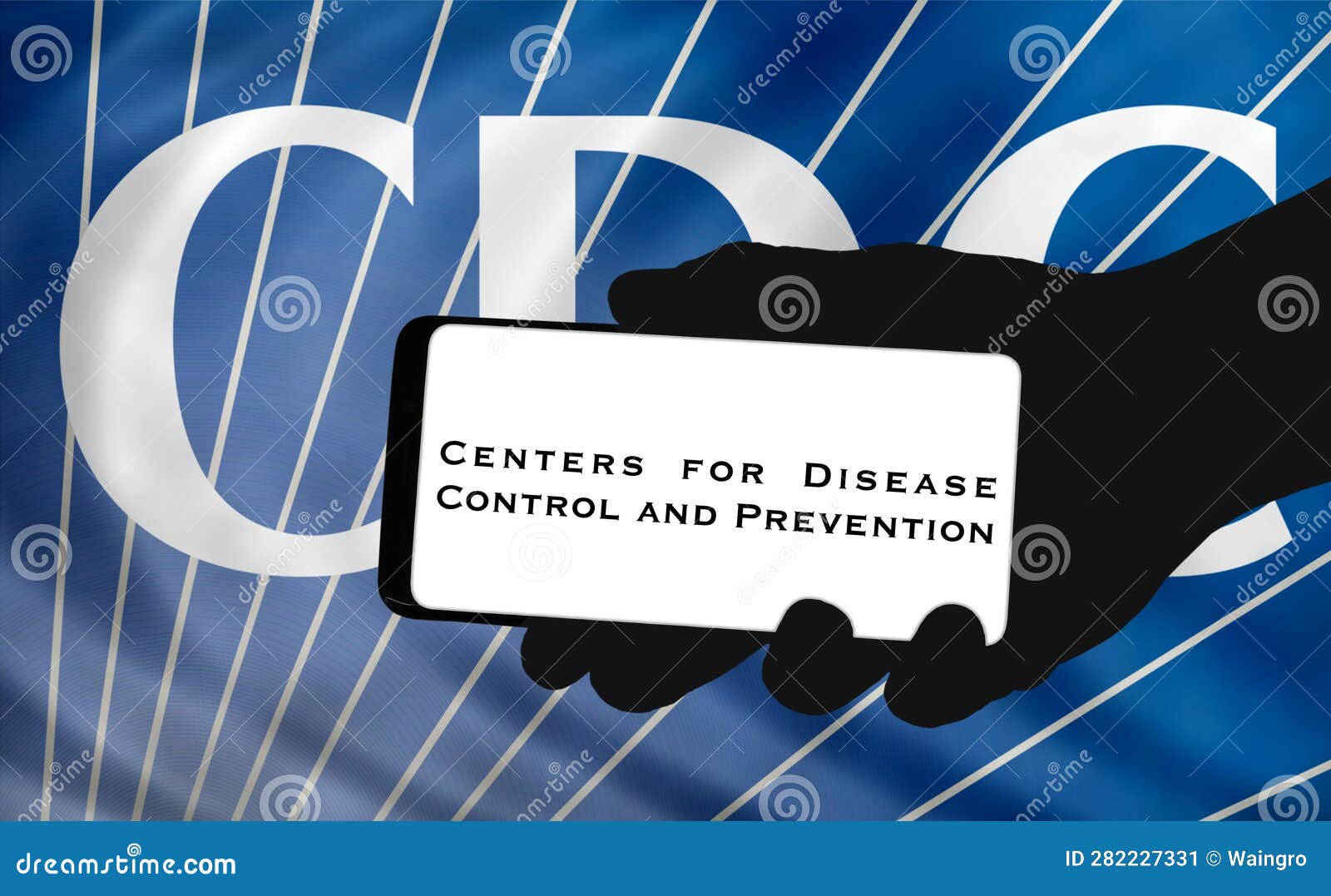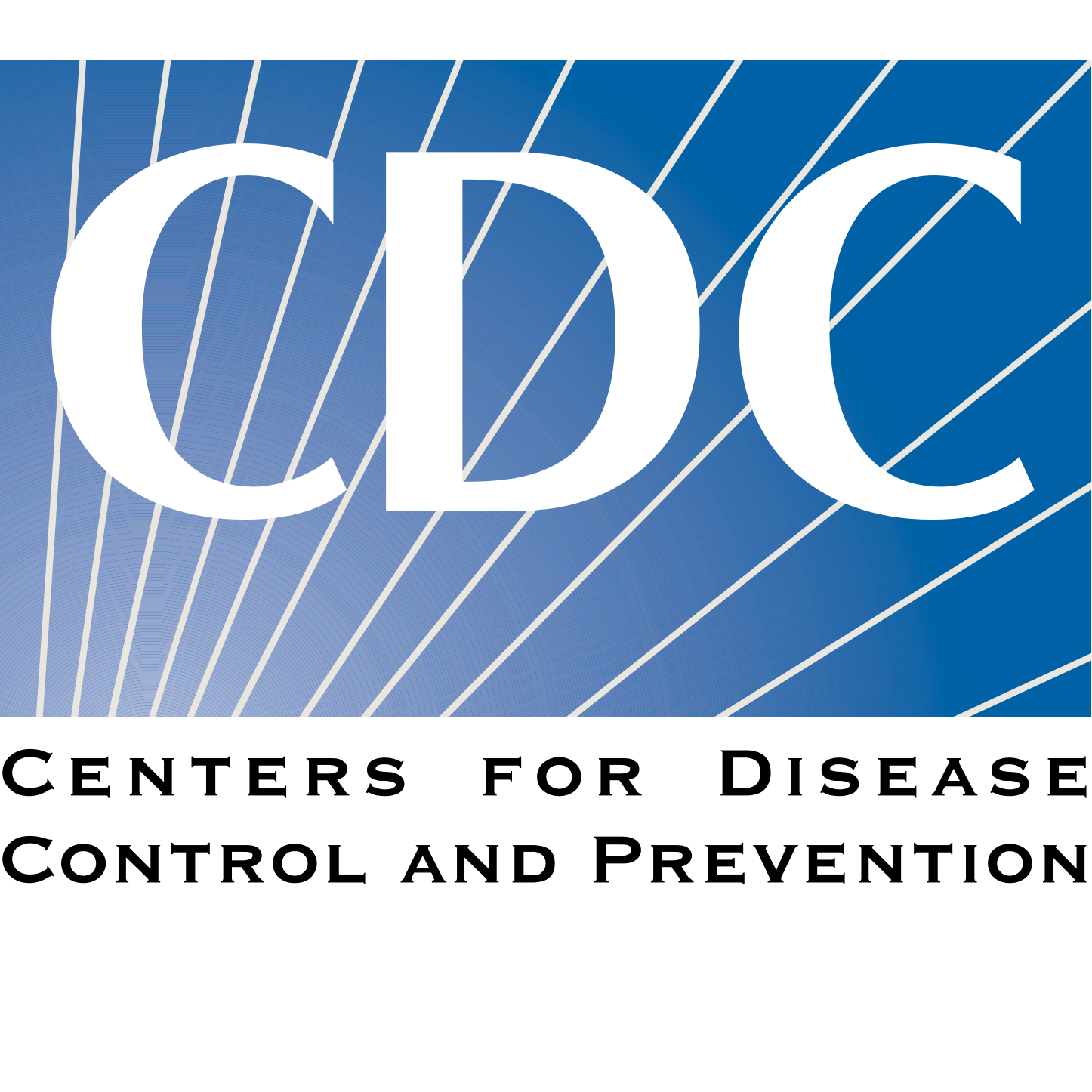Centers for Disease Control and Prevention (CDC) plays a critical role in safeguarding public health globally. As one of the most authoritative health organizations in the world, the CDC is committed to protecting communities from health, safety, and security threats. Whether it's responding to outbreaks, conducting groundbreaking research, or providing essential health information, the CDC is at the forefront of public health innovation.
Established in 1946, the CDC has evolved into a global leader in disease prevention and control. Its mission is clear: to create the expertise, information, and tools that people and communities need to protect their health. This mission is supported by cutting-edge research, advanced data analytics, and a network of dedicated professionals working tirelessly to ensure a healthier future for all.
In this comprehensive guide, we will explore the history, functions, and impact of the Centers for Disease Control and Prevention. We'll also delve into its role in addressing global health challenges, the latest advancements in public health, and how it continues to shape the health landscape worldwide. Whether you're a healthcare professional, a student, or simply someone interested in understanding public health, this article will provide valuable insights into the work of the CDC.
Read also:Baby Alien Fan Bus Leaked A Deep Dive Into The Viral Sensation
Table of Contents
- The History of the Centers for Disease Control and Prevention
- Mission and Vision of the CDC
- Key Functions of the CDC
- Global Impact and Initiatives
- Addressing Major Health Issues
- Research and Innovation
- Partnerships and Collaborations
- Data Tools and Resources
- Challenges Faced by the CDC
- The Future of the CDC
The History of the Centers for Disease Control and Prevention
The Centers for Disease Control and Prevention traces its roots back to 1946 when it was established as the Communicable Disease Center. Initially focused on malaria control, the organization quickly expanded its scope to address a wide range of public health issues. Over the decades, the CDC has grown into a global leader in disease prevention and health promotion, adapting to the evolving health landscape.
Key Milestones in the CDC's History
- 1946: Establishment as the Communicable Disease Center.
- 1951: Expansion to include non-communicable diseases.
- 1967: Name change to the National Communicable Disease Center.
- 1970: Reorganization into the Center for Disease Control.
- 1980: Introduction of the Morbidity and Mortality Weekly Report (MMWR).
- 1992: Name change to the Centers for Disease Control and Prevention.
Mission and Vision of the CDC
The mission of the Centers for Disease Control and Prevention is to protect America from health, safety, and security threats, both foreign and domestic. The vision is to achieve healthy people in a safe world. These guiding principles shape the CDC's work in disease prevention, health promotion, and emergency preparedness.
Core Values of the CDC
- Integrity and Accountability
- Respect and Inclusiveness
- Scientific Excellence
- Collaboration and Innovation
Key Functions of the CDC
The Centers for Disease Control and Prevention performs several critical functions to ensure public health and safety. These functions include surveillance, research, policy development, and emergency response. Each function is designed to address specific health challenges and improve overall well-being.
Surveillance and Monitoring
One of the primary functions of the CDC is to monitor health trends and track disease outbreaks. This involves collecting and analyzing data from various sources to identify potential health threats and respond swiftly.
Research and Innovation
The CDC conducts groundbreaking research to advance our understanding of diseases and develop effective prevention strategies. From vaccine development to health behavior studies, research plays a vital role in shaping public health policies.
Read also:Hisashi Real Fotos A Deep Dive Into The World Of Authentic Photography
Global Impact and Initiatives
Beyond its domestic role, the Centers for Disease Control and Prevention has a significant global impact. Through partnerships with international organizations, the CDC addresses global health challenges such as infectious diseases, maternal and child health, and health systems strengthening.
Global Health Security Agenda
The Global Health Security Agenda (GHSA) is a key initiative led by the CDC to prevent, detect, and respond to infectious disease threats worldwide. This initiative involves collaboration with over 60 countries to enhance global health security.
Addressing Major Health Issues
The Centers for Disease Control and Prevention focuses on addressing major health issues such as chronic diseases, infectious diseases, and mental health. By implementing evidence-based strategies and interventions, the CDC aims to reduce the burden of these conditions on individuals and communities.
Chronic Disease Prevention
Chronic diseases, including heart disease, diabetes, and cancer, are among the leading causes of death and disability globally. The CDC works to prevent these diseases through education, policy development, and community-based programs.
Infectious Disease Control
From HIV/AIDS to Zika virus, the CDC plays a crucial role in controlling the spread of infectious diseases. Through surveillance, research, and vaccination programs, the CDC protects populations from these threats.
Research and Innovation
Research and innovation are at the core of the Centers for Disease Control and Prevention's work. By investing in cutting-edge research, the CDC continues to advance our understanding of health issues and develop effective solutions.
Emerging Technologies
Emerging technologies such as artificial intelligence, genomics, and telehealth are transforming the field of public health. The CDC actively explores these technologies to enhance its capabilities in disease prevention and health promotion.
Partnerships and Collaborations
Partnerships are essential to the success of the Centers for Disease Control and Prevention. By collaborating with government agencies, non-profit organizations, and private sector partners, the CDC amplifies its impact and achieves greater outcomes.
Collaboration with WHO
The CDC works closely with the World Health Organization (WHO) to address global health challenges. This collaboration ensures a coordinated response to health emergencies and strengthens health systems worldwide.
Data Tools and Resources
The Centers for Disease Control and Prevention provides a wealth of data tools and resources to support public health efforts. These resources include databases, dashboards, and guidelines that help professionals and policymakers make informed decisions.
Behavioral Risk Factor Surveillance System (BRFSS)
The BRFSS is a key data tool used by the CDC to track health behaviors and risk factors among adults in the United States. This system provides valuable insights into population health trends and informs public health strategies.
Challenges Faced by the CDC
Despite its achievements, the Centers for Disease Control and Prevention faces several challenges in its mission to protect public health. These challenges include limited funding, political interference, and the complexity of modern health issues.
Funding Constraints
Insufficient funding remains a significant challenge for the CDC. With increasing demands on its resources, the organization must prioritize its efforts and seek innovative solutions to maximize impact.
The Future of the CDC
Looking ahead, the Centers for Disease Control and Prevention is poised to continue its leadership role in public health. By embracing new technologies, strengthening partnerships, and addressing emerging health threats, the CDC will remain a vital force in promoting health and preventing disease.
Call to Action
As we've explored the history, functions, and impact of the Centers for Disease Control and Prevention, it's clear that this organization plays a crucial role in safeguarding public health. We encourage readers to stay informed about the latest developments in public health and to support the CDC's mission by advocating for strong public health policies.
We invite you to share this article with others who may find it informative and to explore additional resources provided by the CDC. Together, we can work towards a healthier and safer world.
For more information on public health topics, visit our website regularly for updates and insights into the latest trends and advancements in the field.



